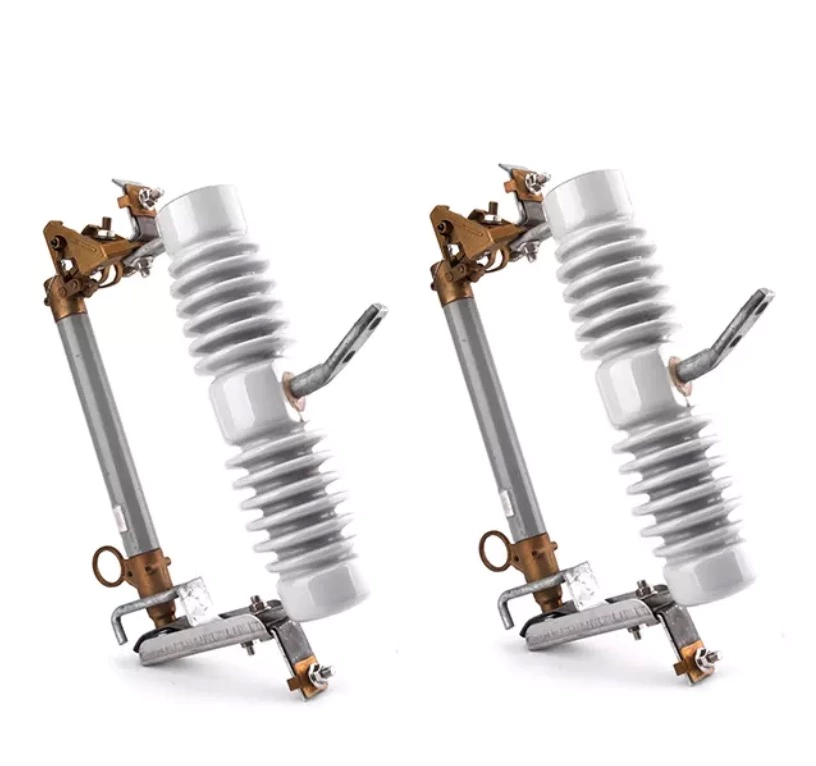Do You Know What Types Of Fuses There Are?
Do you know what types of drop out fuse cut out?
Do you know what types of drop out fuse element? The editor of the drop out fuse in transformer manufacturer will tell you below!
Plug-in fuse: It is often used at the end of the line with a voltage level of 380V and below, as a short-circuit protection for distribution branches or electrical equipment.
Spiral fuse: There is a fuse indicator on the upper end cover of the fuse. Once the fuse blows, the indicator pops up immediately and can be observed through the glass hole on the porcelain cap. It is often used in machine tool electrical control equipment. Spiral fuse. The breaking current is large and can be used in circuits with voltage levels of 500V and below and current levels of 200A and below for short-circuit protection.
Enclosed fuse: Enclosed fuses are divided into two types: filled fuses and unfilled fuses. Filled fuses generally use square porcelain tubes, filled with quartz sand and melt, with strong breaking capacity, and are used in circuits with voltage levels below 500V and current levels below 1KA. Unfilled sealed fuses put the melt into a sealed cylinder, with slightly smaller breaking capacity, and are used in power grids or distribution equipment below 500V and 600A.
Fast fuses: Fast fuses are mainly used for short-circuit protection of semiconductor rectifier components or rectifier devices. Since the overload capacity of semiconductor components is very low. They can only withstand large overload currents in a very short time, so short-circuit protection is required to have the ability to quickly blow. The structure of the fast fuse is basically the same as that of the filled sealed fuse, but the melt material and shape are different. It is a variable-section melt with a V-shaped deep groove punched from silver sheets.
Self-resetting fuse: Fuse manufacturers mainly use metallic sodium as the melt, which has high conductivity at room temperature. When a short circuit occurs in the circuit, the short circuit current generates high temperature, which causes sodium to vaporize rapidly. The vaporized sodium presents a high resistance state, thus limiting the short circuit current. When the short circuit current disappears, the temperature drops, and the metallic sodium recovers its original good conductivity. The self-resetting fuse can only limit the short circuit current, but cannot disconnect the circuit. Its advantage is that it does not need to replace the fuse and can be reused.

